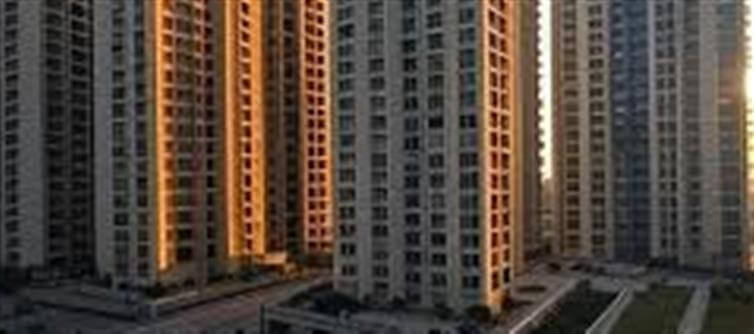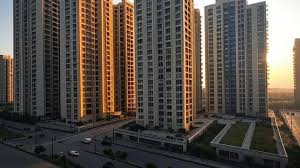
India’s real estate sector is showing remarkable resilience, with leading developers reporting strong pre-sales and leaner balance sheets, even as overall housing demand remained subdued in the first half of 2025.
1. Ambitious Sales Targets for FY26
According to ANAROCK Research, the top 10 listed developers are targeting Rs 1.49 lakh crore in pre-sales for FY26. Impressively, they have already achieved nearly 30% (Rs 44,317 crore) of this goal in the first quarter alone.
Leading the charge:
DLF – Already achieved 52% of its annual pre-sales target of Rs 20,000–22,000 crore
Prestige Estates – Close behind at 45% of its Rs 27,000 crore target
By comparison, these developers collectively clocked Rs 1.21 lakh crore in pre-sales in FY25, marking a 23% growth target for FY26.
2. Godrej, DLF, and the Leaders of the Pack
Godrej Properties topped FY25 charts with Rs 29,444 crore, followed by DLF at Rs 21,233 crore. Other major players are also ramping up expansion, showcasing the sector’s confidence despite broader market slowdowns.
3. Aggressive Land Acquisitions
Developers are actively expanding their land banks:
Over 2,898 acres of land changed hands across 76 deals in H1 2025
This already exceeds total land deals of 2024 by 15%
The surge in acquisitions highlights developers’ intent to strategically consolidate and expand in high-potential regions, preparing for sustained growth once demand picks up further.
4. Historic Low Debt Levels
The sector’s financial discipline is perhaps even more noteworthy than sales growth.
After the NBFC crisis of 2018 and pandemic disruptions, developers aggressively deleveraged
Net debt-to-equity ratio has fallen to a historic low of 0.05 in FY25, down from 0.55 in FY17 – a 90% reduction
Some major players are now in a net cash position, signaling a paradigm shift from debt-fueled growth to balance-sheet-driven growth
Anuj Puri, Chairman of ANAROCK Group, notes:
"With D/E ratios at multi-year lows and equity capital flowing in, developers can expand strategically, consolidate market share, and build consumer trust."
5. Sector-Wide Implications
The combination of strong balance sheets, low debt, and rising investor confidence is creating a trust-driven, performance-led growth cycle. This makes real estate a safer bet for:
Institutional investors
Foreign capital inflows
Long-term strategic partnerships
Developers are now positioned to leverage favourable monetary conditions, improving consumer sentiment, and equity-backed expansions without over-reliance on loans.
6. A Leaner, Stronger Real Estate Sector
Entering FY26, India’s top developers are:
Financially disciplined
Strategically expanding land banks
On track for record pre-sales
This leaner, stronger position allows developers to focus on value creation, delivery excellence, and consumer trust, rather than merely chasing rapid expansion.
In short, India’s real estate sector is entering its strongest phase in decades – financially robust, investor-friendly, and strategically poised for aggressive growth.





 click and follow Indiaherald WhatsApp channel
click and follow Indiaherald WhatsApp channel